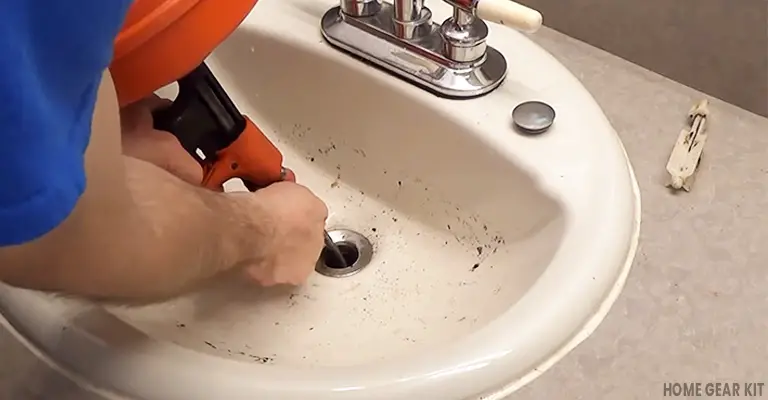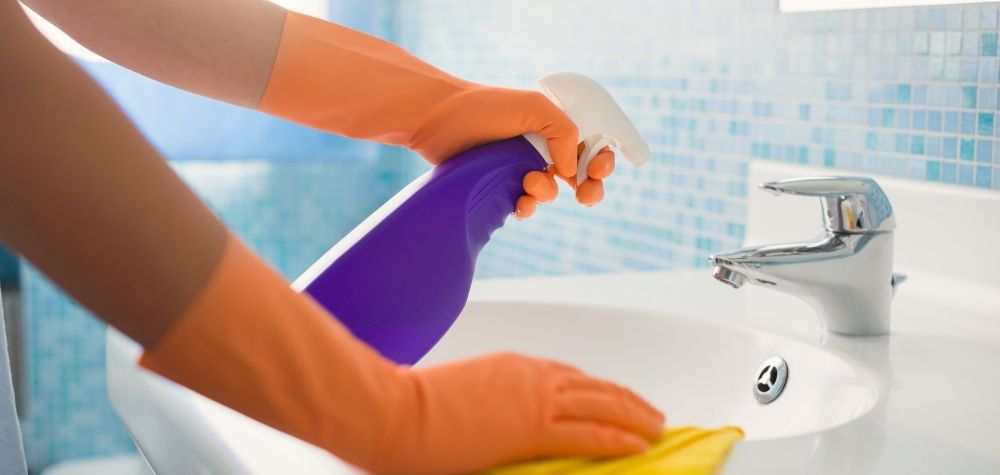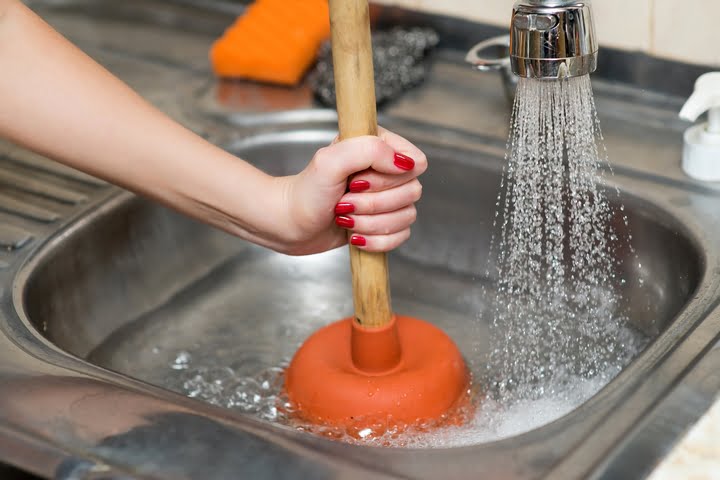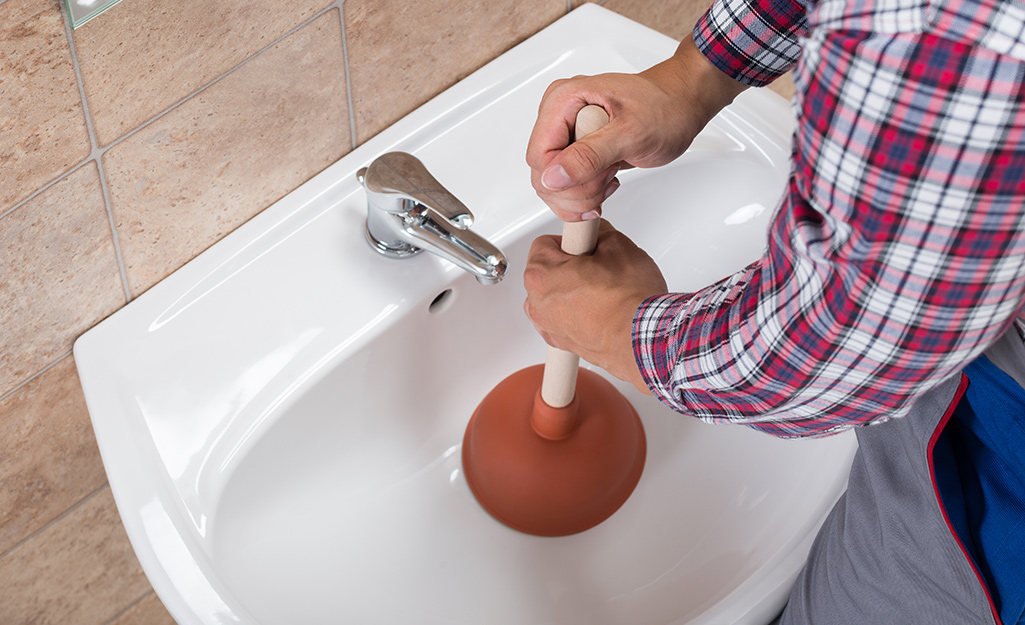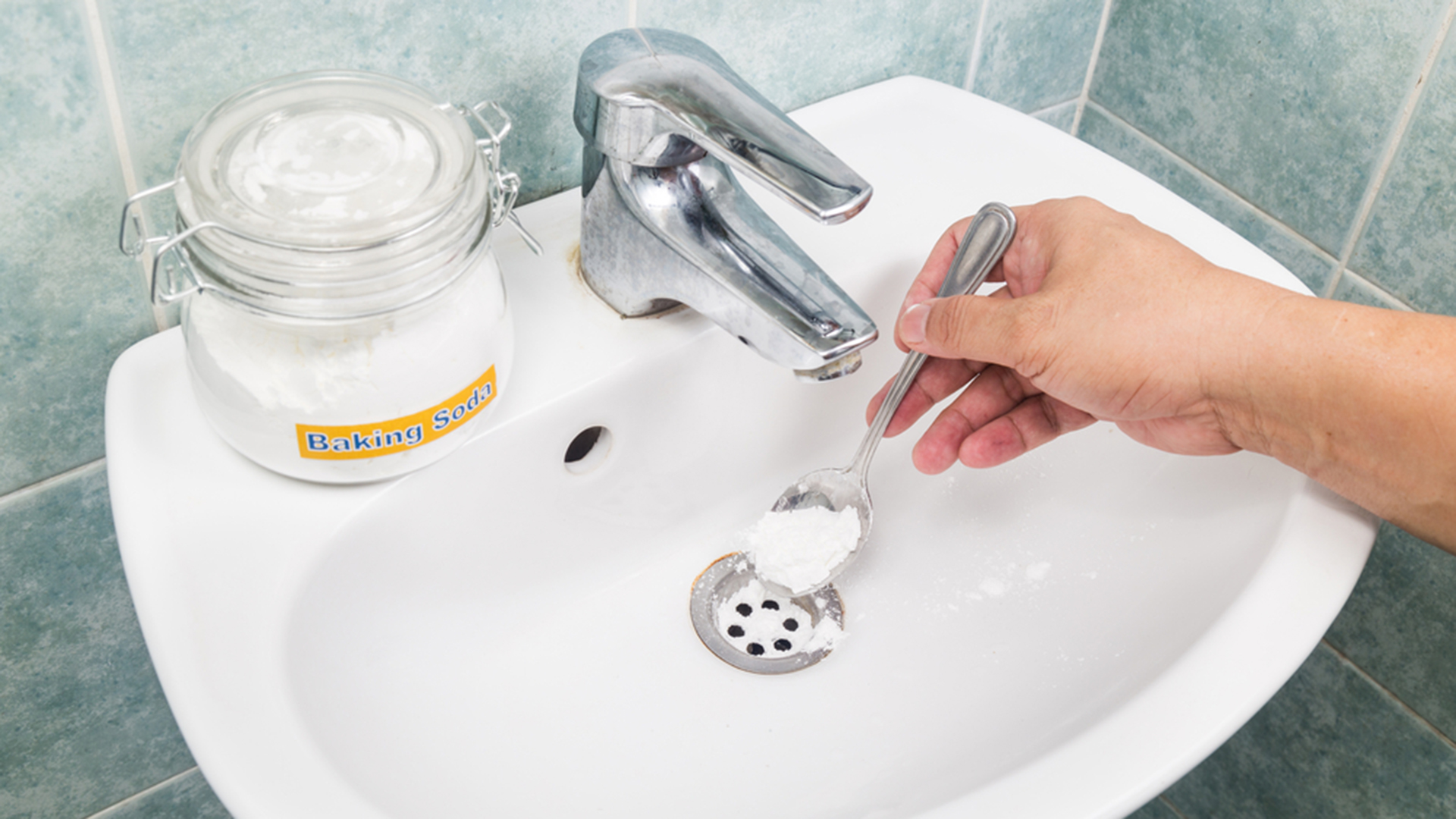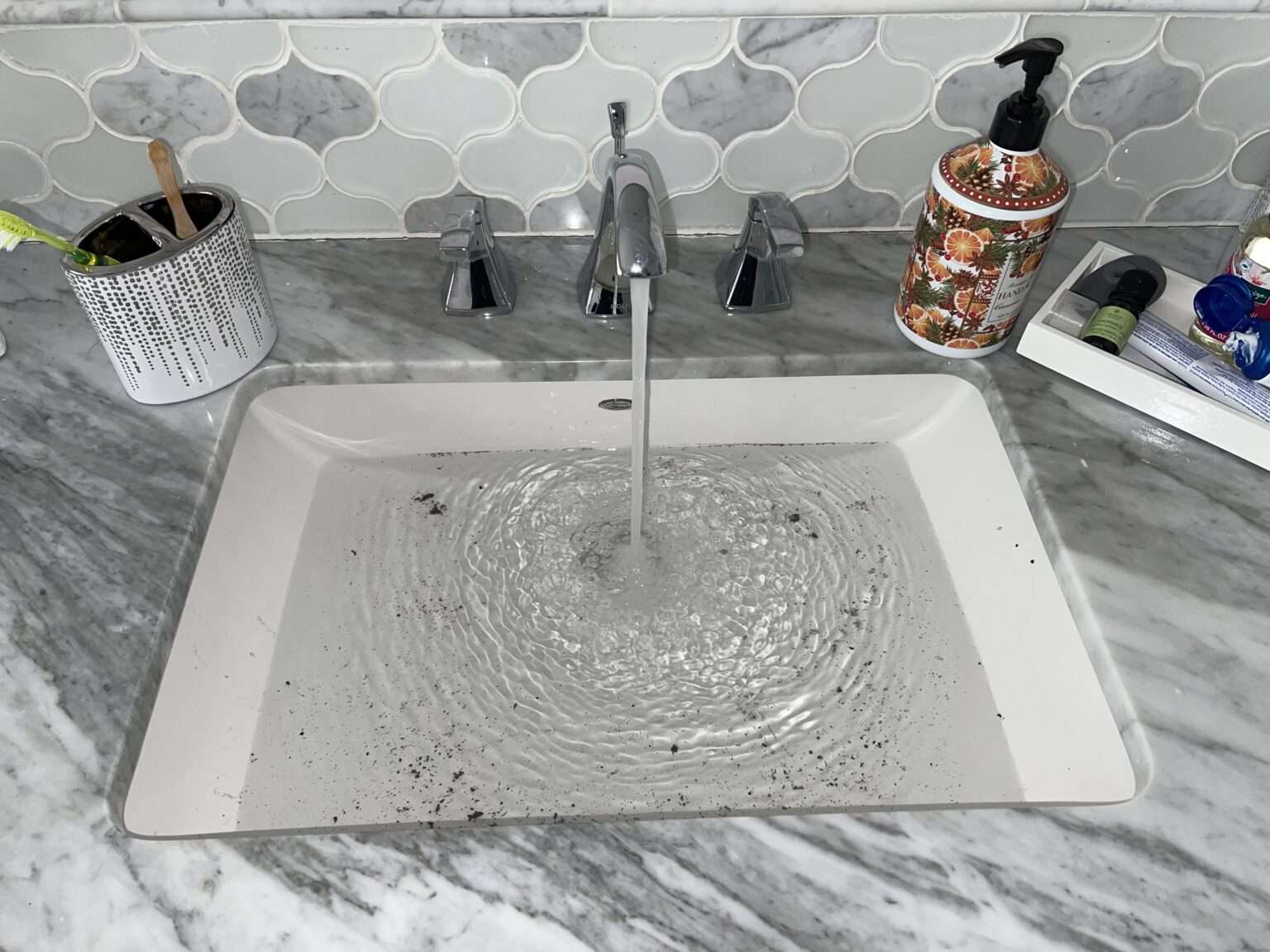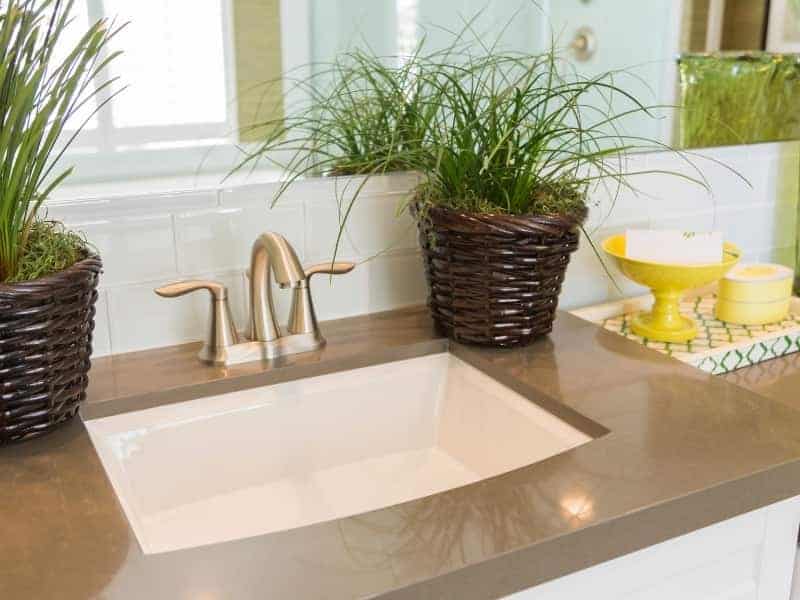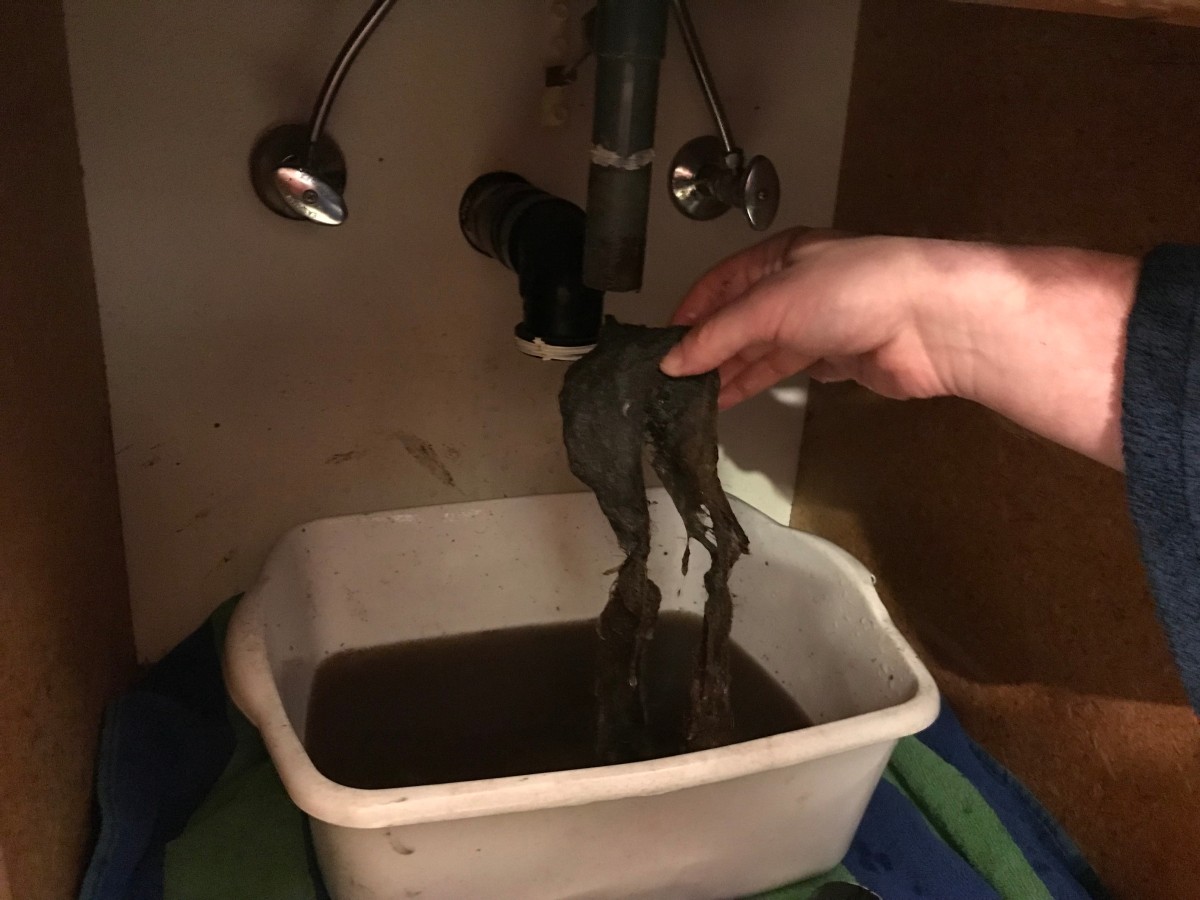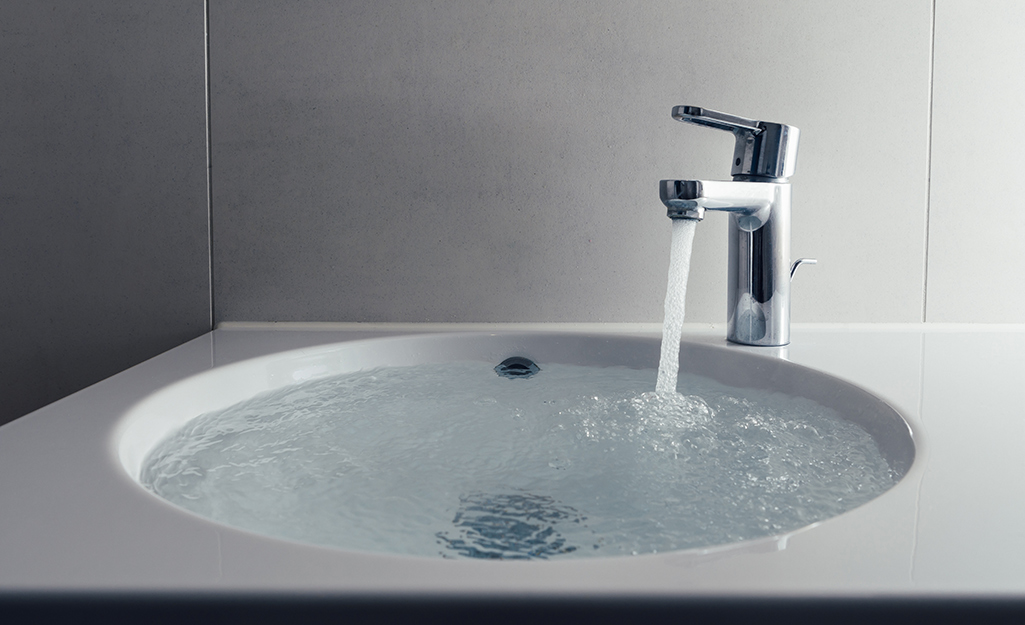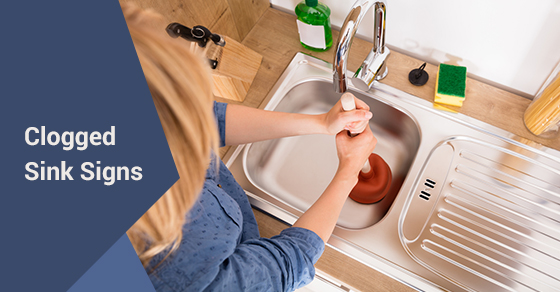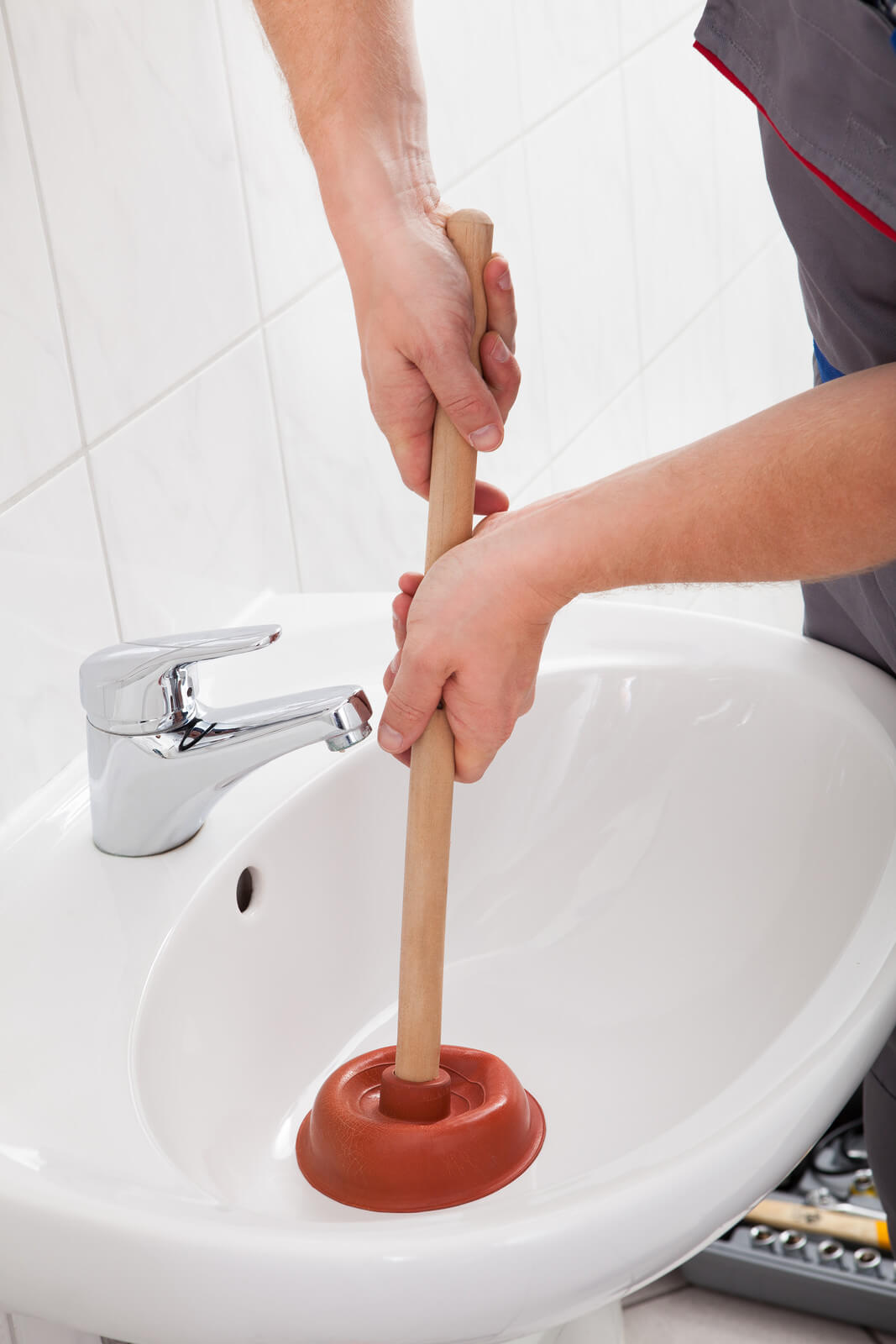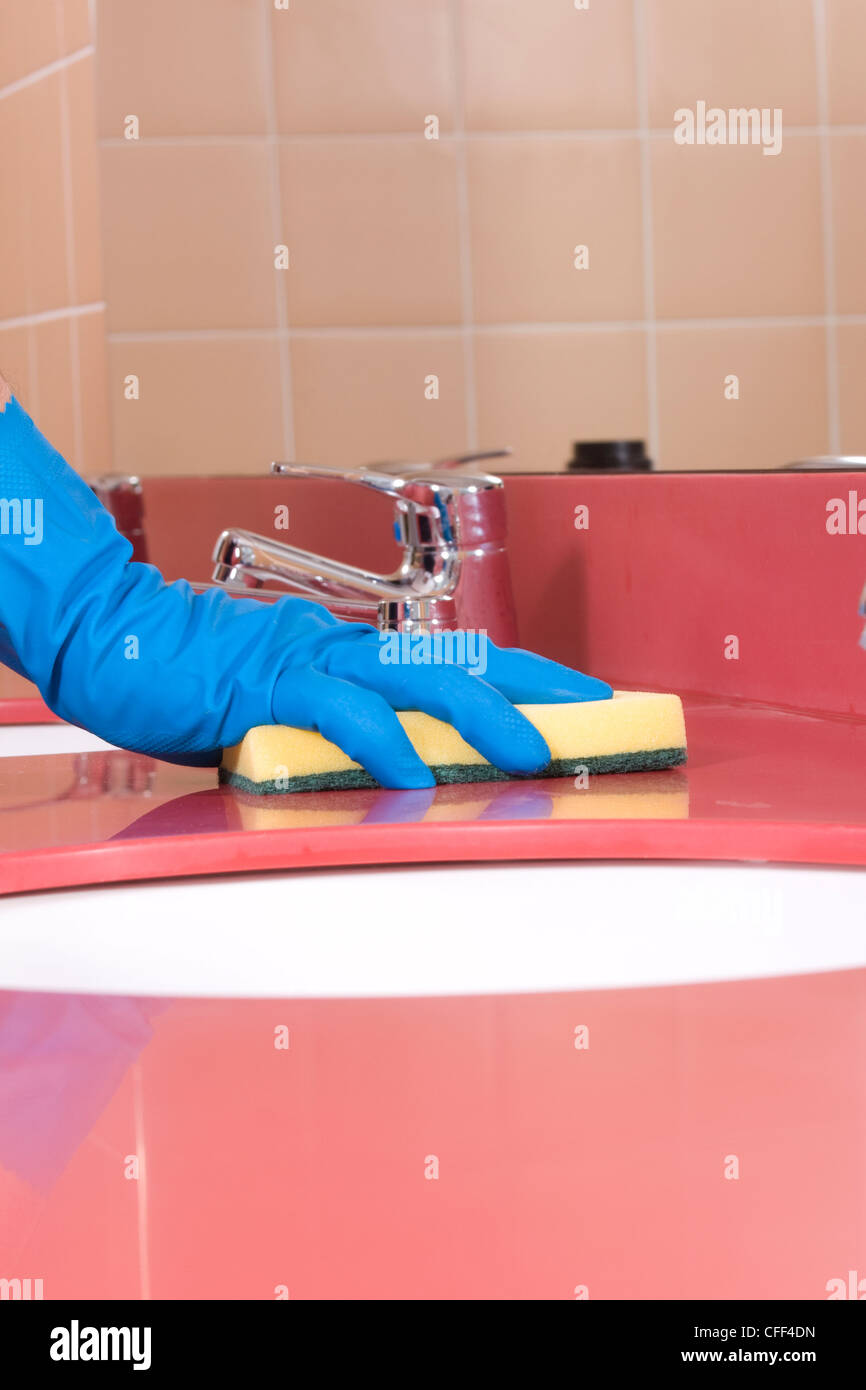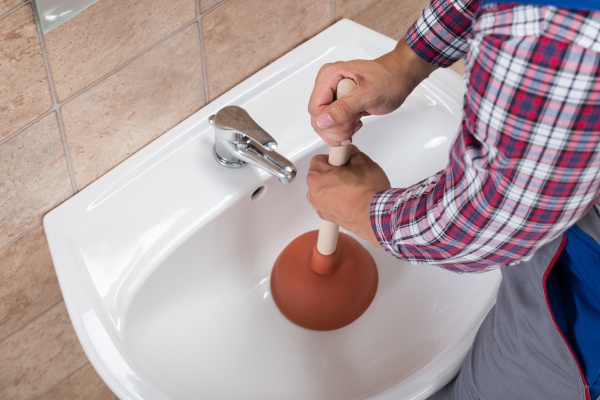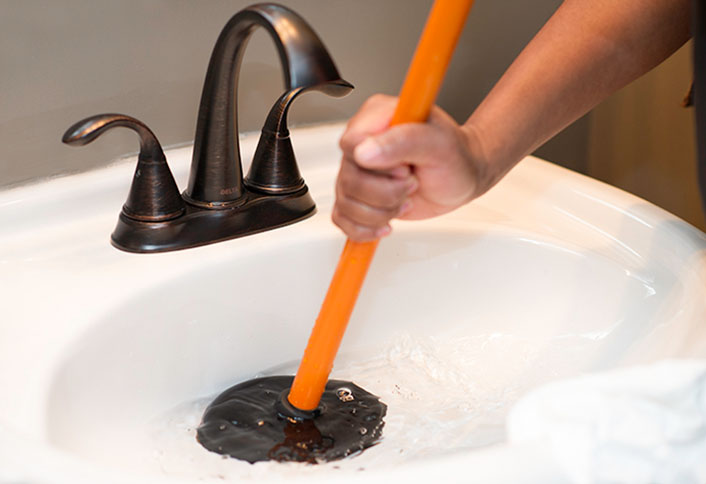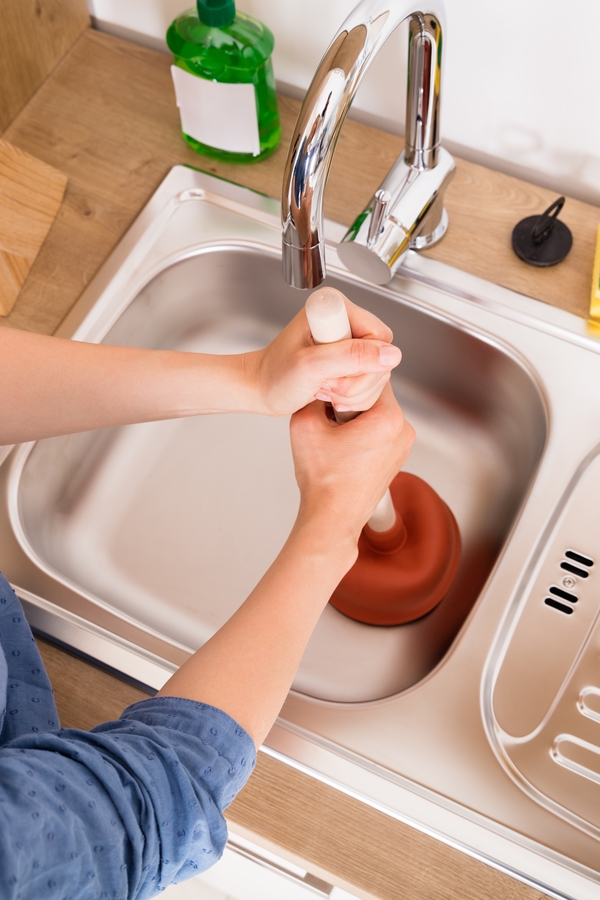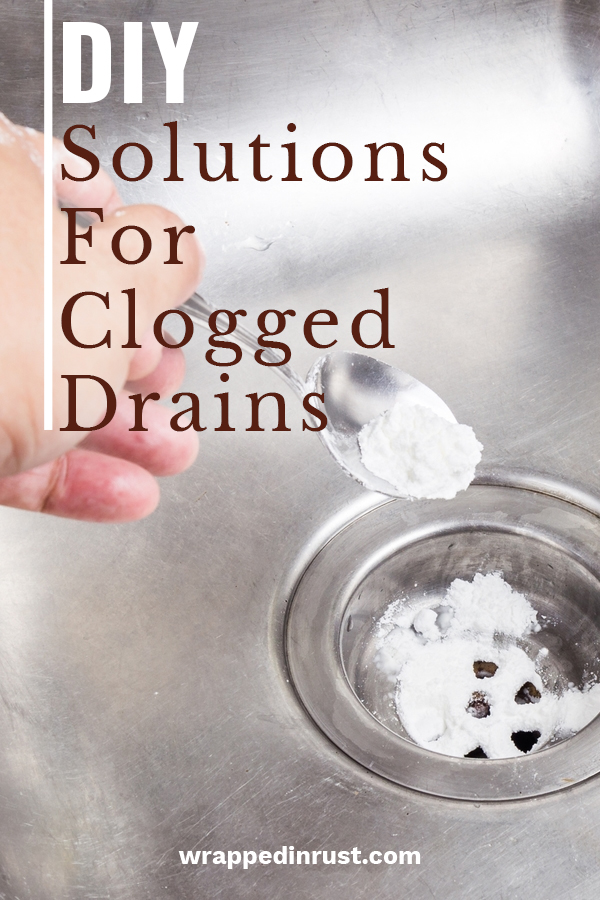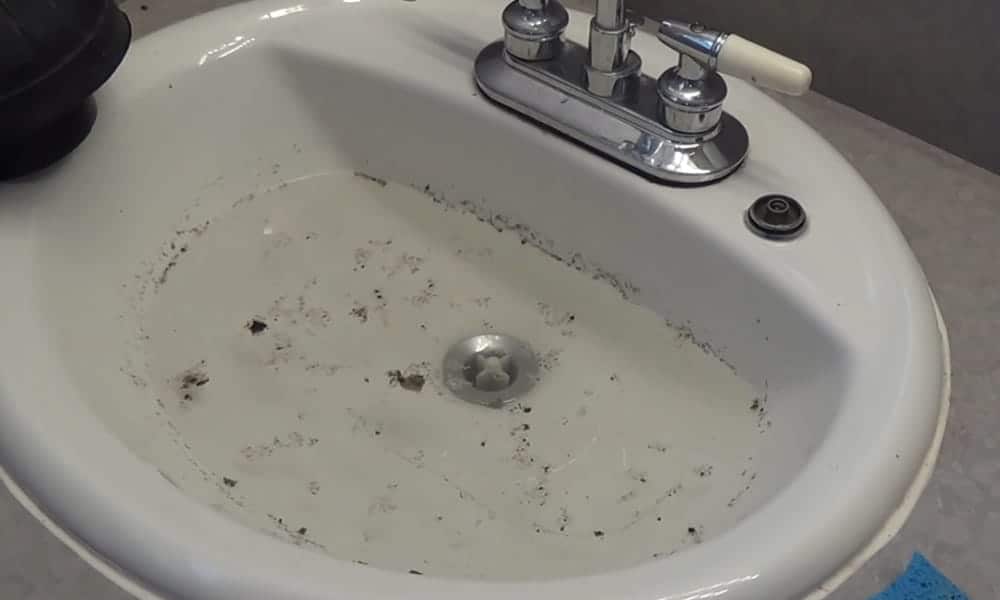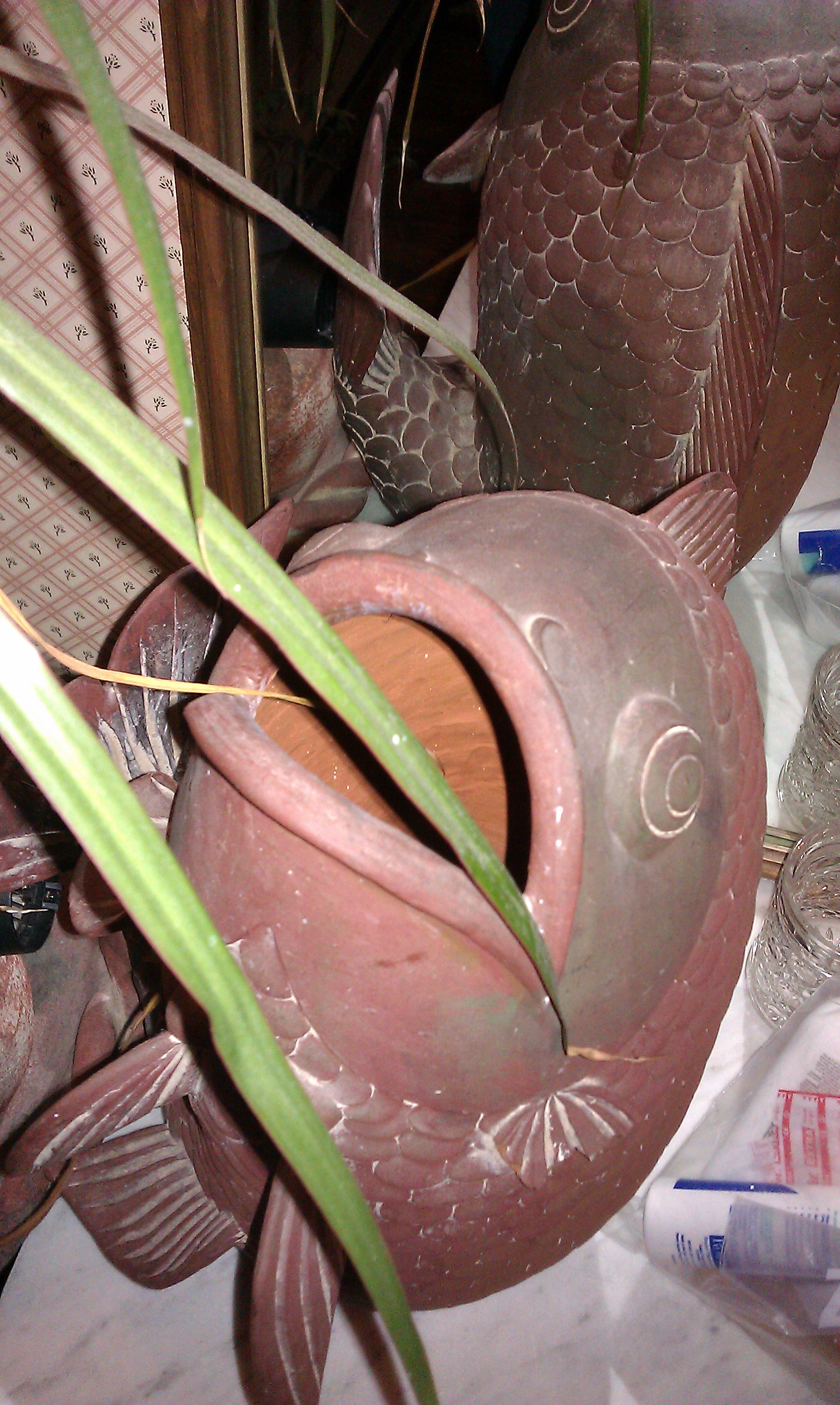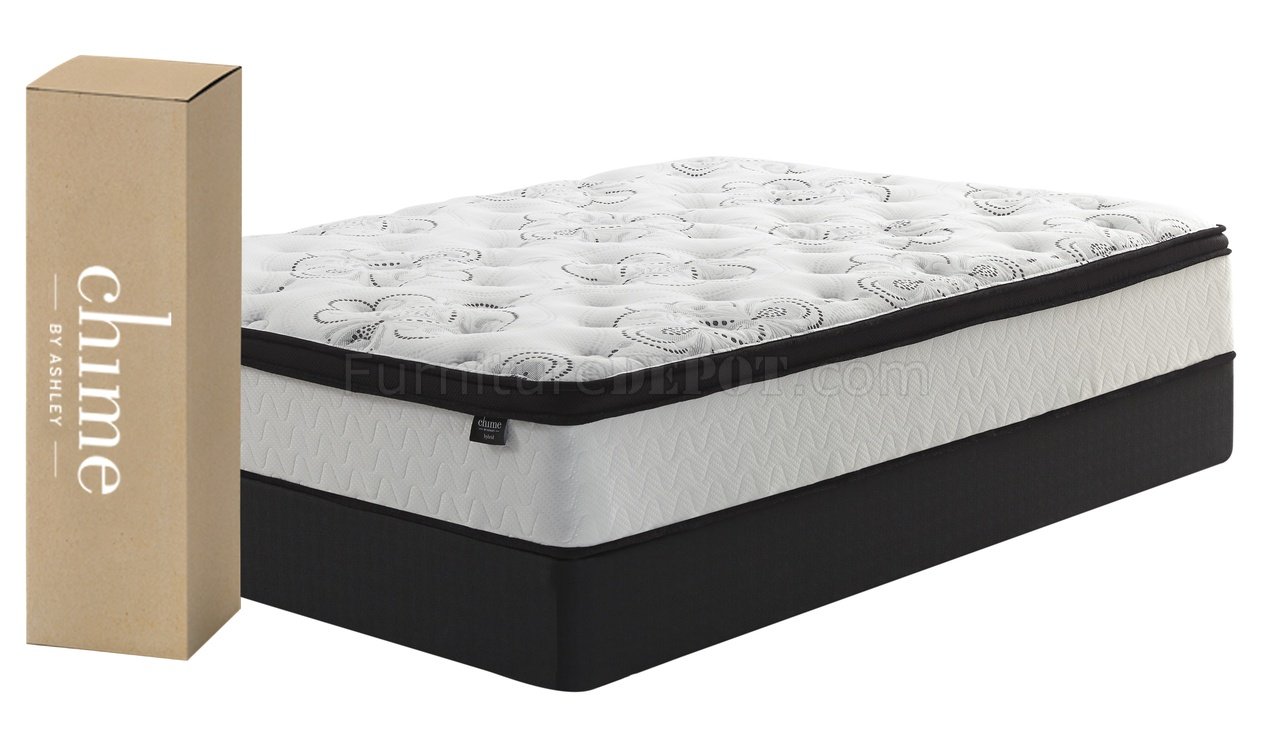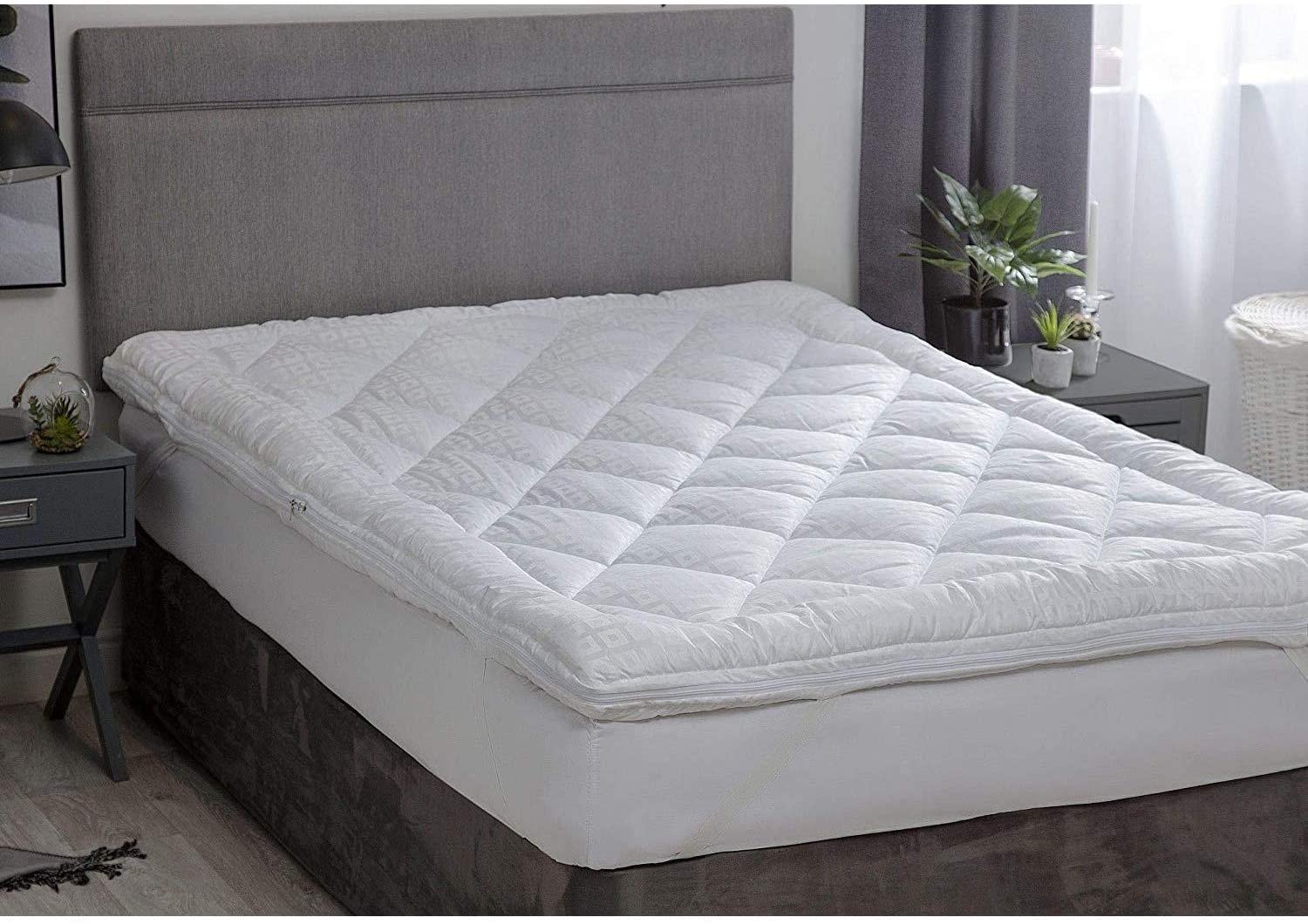Dealing with a clogged bathroom sink can be frustrating, but luckily it's a common problem with simple solutions. If you're experiencing water coming up your bathroom sink, it's likely due to a clog in the drain. Here's how you can fix it. First, try using a plunger to dislodge the clog. Make sure to cover the overflow drain with a wet cloth or tape before plunging to create a better seal. Plunge up and down vigorously for about 20 seconds, then check to see if the water is draining properly. If not, try a few more times before moving on to other methods. Another option is to use a mixture of baking soda and vinegar. Pour 1/2 cup of baking soda down the drain, followed by 1/2 cup of vinegar. Let it sit for 10-15 minutes, then pour hot water down the drain to flush out the mixture and hopefully the clog. If these DIY solutions don't work, it may be time to call in a professional plumber. They have specialized tools and techniques to clear tough clogs and can also inspect your pipes for any potential issues. How to Fix a Clogged Bathroom Sink
Before a clog completely blocks your bathroom sink, it's likely that you'll experience slow draining as a warning sign. Knowing the common causes of a slow-draining bathroom sink can help you prevent future clogs. One of the main causes is hair buildup. Over time, hair can get caught in the drain and create a clog. To prevent this, use a drain cover to catch any hair before it goes down the drain. Another common culprit is soap scum and buildup. This can happen when soap and toothpaste residue combine with hair and other debris in the drain. Regularly cleaning your bathroom sink and using a drain cleaner can help prevent this type of clog. Additionally, hard water can also contribute to slow draining. The minerals in hard water can build up and create a blockage in your pipes. Consider using a water softener to prevent this issue. Common Causes of a Slow-Draining Bathroom Sink
If you're dealing with a clogged bathroom sink drain, there are a few methods you can try to remove the blockage. One option is to use a plumbing snake. Insert it into the drain and twist it to dislodge the clog. You can also try using a wire hanger if you don't have a plumbing snake. Bend it into a hook shape and use it to pull out any debris from the drain. Another method is to use a combination of hot water, baking soda, and vinegar, as mentioned earlier. This can help dissolve and flush out the clog. If these methods still don't work, it's best to call a professional plumber. They have the necessary tools and expertise to safely and effectively remove clogs without causing damage to your pipes. How to Unclog a Bathroom Sink Drain
Seeing water come up your bathroom sink can be alarming, but it's usually a sign of a clog in the drain. Here are some steps you can take when this happens. First, try using a plunger to clear the clog as mentioned earlier. If that doesn't work, try using a mixture of baking soda and vinegar or a plumbing snake to remove the blockage. If the water is still coming up, it's possible that there's a bigger issue at hand. It's best to call a professional plumber to inspect your pipes and determine the cause of the clog. They can also offer a more permanent solution to prevent future clogs. What to Do When Water Comes Up Your Bathroom Sink
Clearing a clogged bathroom sink can be a simple task if you catch it early enough. Here's a step-by-step guide on how to do it. First, remove any debris from the drain using a wire hanger or plumbing snake. Then, pour 1/2 cup of baking soda down the drain, followed by 1/2 cup of vinegar. Allow it to sit for 10-15 minutes, then flush with hot water. If this doesn't work, try plunging or using a chemical drain cleaner. Just be cautious when using chemical cleaners as they can be harmful to your pipes and skin. If all else fails, call a professional plumber to properly assess and clear the clog. How to Clear a Clogged Bathroom Sink
Dealing with a clogged bathroom sink can be a hassle, but there are some preventative measures you can take to avoid this issue. First, make sure to regularly clean your bathroom sink and drain. This can help prevent a buildup of hair, soap scum, and other debris. You can also use a drain cover to catch any hair and other potential clog-causing items before they go down the drain. Additionally, avoid pouring grease or oils down the drain as they can solidify and cause blockages. Lastly, consider using a drain cleaner once a month to keep your pipes clear and free from buildup. Tips for Preventing a Clogged Bathroom Sink
Sometimes, a clogged bathroom sink can be sneaky and not show any obvious signs. However, there are a few things to look out for that may indicate a clog. The most obvious sign is slow draining. If you notice the water taking longer to drain than usual, it's likely that there's a clog in the drain. You may also notice a foul smell coming from your bathroom sink. This can indicate a buildup of bacteria and debris in the drain. Lastly, if water is coming up your bathroom sink, it's a clear indication of a clog. Don't ignore this sign and address the issue as soon as possible to prevent further damage. Signs of a Clogged Bathroom Sink
A plunger can be a useful tool for clearing a clogged bathroom sink. Here's how you can use it effectively. First, make sure to cover the overflow drain with a wet cloth or tape to create a better seal. Then, place the plunger over the drain and push down and up vigorously for about 20 seconds. Check to see if the water is draining properly and if not, repeat the process a few more times. If it still doesn't work, try using a plumbing snake or a mixture of baking soda and vinegar. How to Use a Plunger on a Bathroom Sink
If you're dealing with a clogged bathroom sink, you may be able to fix it yourself with a few simple solutions. As mentioned earlier, you can use a plunger, a mixture of baking soda and vinegar, or a plumbing snake to clear the clog. These methods are affordable and easy to do yourself. Just be cautious when using chemical drain cleaners as they can be harmful to your pipes and skin. If none of these DIY solutions work, it's best to call a professional plumber. DIY Solutions for a Clogged Bathroom Sink
While some clogs can be easily fixed with DIY solutions, there are times when it's best to call a professional plumber. If you've tried all the recommended methods and the clog is still there, it's likely that there's a bigger issue at hand. A professional plumber can properly assess and address the problem without causing further damage to your pipes. Additionally, if you're experiencing frequent clogs or slow draining in multiple sinks in your home, it's best to call a professional to inspect your plumbing system. When to Call a Professional for a Clogged Bathroom Sink
The Importance of Proper Plumbing in House Design
/close-up-of-overflowing-bathroom-sink-90201417-579787783df78ceb865822d8.jpg)
Why Does Water Come Up My Bathroom Sink?
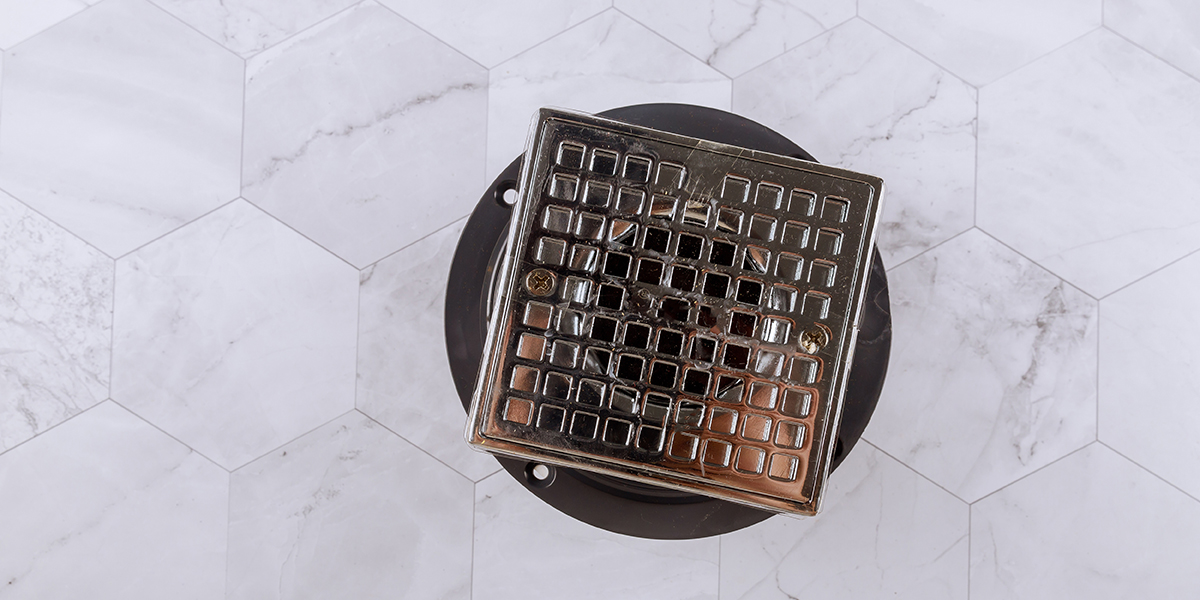 When designing a house, one of the most important factors to consider is the plumbing system. Without proper plumbing, homeowners may experience various issues, such as water backing up in the bathroom sink. This can be a frustrating and unpleasant experience, but understanding the root cause can help prevent it from happening in the future.
One of the main reasons for water coming up in the bathroom sink is a clogged drain.
Over time, hair, soap scum, and other debris can build up in the drain, causing it to become blocked. This blockage then prevents water from flowing down the drain properly, causing it to back up into the sink. To prevent this, it is important to regularly clean and maintain your drains, using products or tools specifically designed for this purpose.
When designing a house, one of the most important factors to consider is the plumbing system. Without proper plumbing, homeowners may experience various issues, such as water backing up in the bathroom sink. This can be a frustrating and unpleasant experience, but understanding the root cause can help prevent it from happening in the future.
One of the main reasons for water coming up in the bathroom sink is a clogged drain.
Over time, hair, soap scum, and other debris can build up in the drain, causing it to become blocked. This blockage then prevents water from flowing down the drain properly, causing it to back up into the sink. To prevent this, it is important to regularly clean and maintain your drains, using products or tools specifically designed for this purpose.
Another possible cause of water coming up in the bathroom sink is improper plumbing installation.
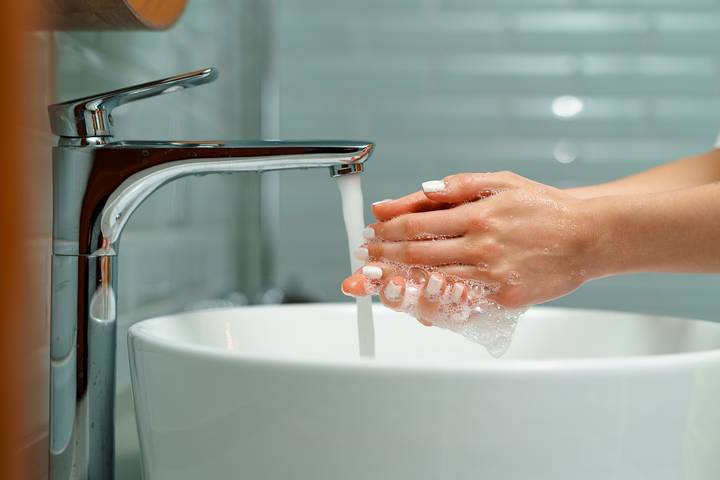 If the pipes are not installed correctly or are too small, they may not be able to handle the amount of water being drained, causing it to back up. This is why it is crucial to hire a professional plumber to handle the installation of your plumbing system. They have the expertise and knowledge to ensure that everything is installed properly and to the correct specifications.
Water coming up in the bathroom sink can also be a sign of a more serious issue, such as a main sewer line clog.
If this is the case, you may notice other signs, such as water backing up in other drains or toilets in your home. In this situation, it is important to contact a professional plumber immediately to address the issue before it causes further damage to your plumbing system.
If the pipes are not installed correctly or are too small, they may not be able to handle the amount of water being drained, causing it to back up. This is why it is crucial to hire a professional plumber to handle the installation of your plumbing system. They have the expertise and knowledge to ensure that everything is installed properly and to the correct specifications.
Water coming up in the bathroom sink can also be a sign of a more serious issue, such as a main sewer line clog.
If this is the case, you may notice other signs, such as water backing up in other drains or toilets in your home. In this situation, it is important to contact a professional plumber immediately to address the issue before it causes further damage to your plumbing system.
Incorporating Proper Plumbing into Your House Design
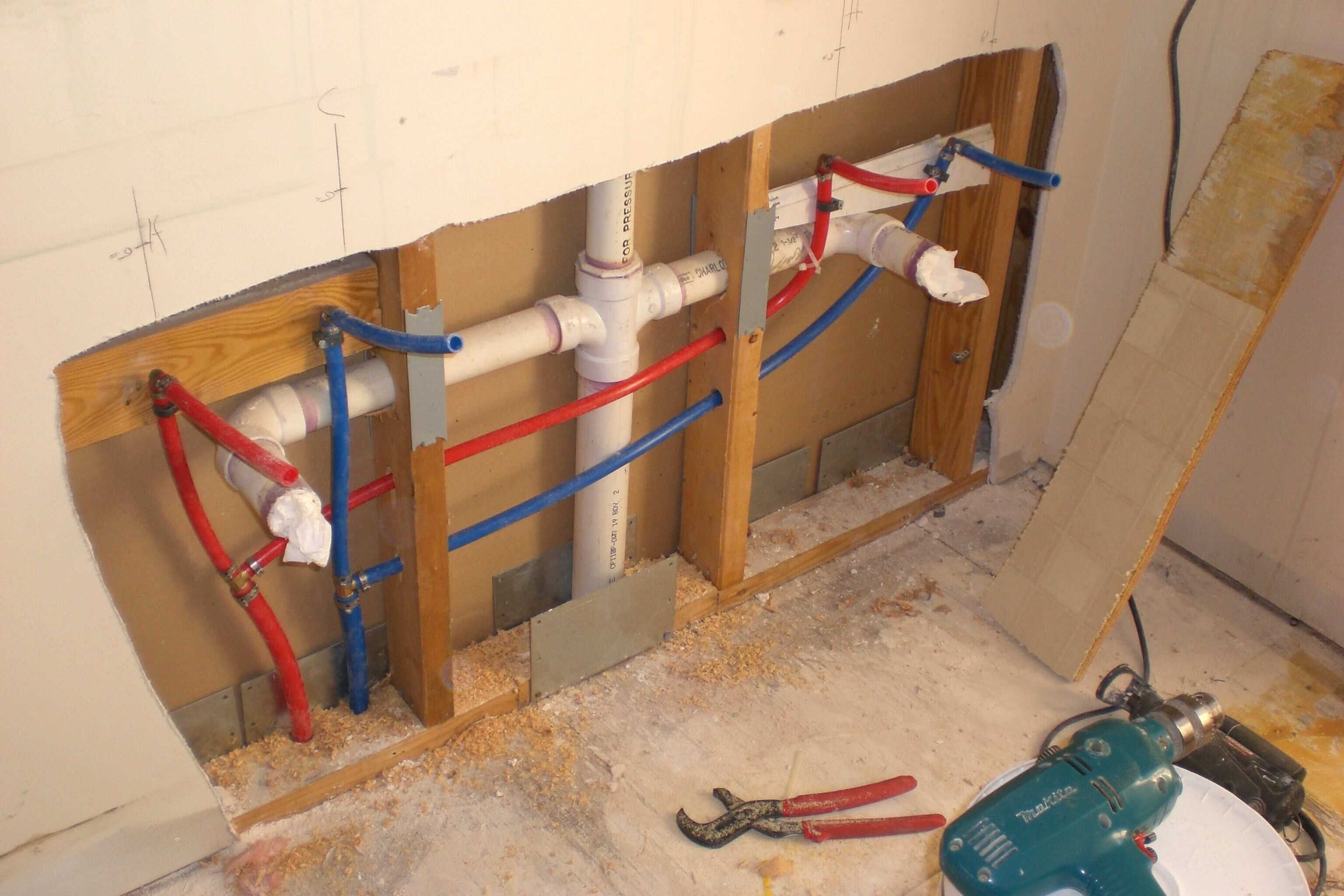 To avoid the inconvenience and potential damage caused by water coming up in the bathroom sink, it is crucial to incorporate proper plumbing into your house design. This includes ensuring that the pipes are installed correctly, using quality materials, and regularly maintaining and cleaning your plumbing system.
Investing in quality plumbing during the design stage of your house can save you time, money, and headaches in the long run.
In conclusion, water coming up in the bathroom sink is a common issue that can be caused by a variety of factors. It is important to understand the root cause of the problem and take the necessary steps to prevent it from happening in the future. By incorporating proper plumbing into your house design and regularly maintaining your plumbing system, you can avoid the inconvenience and potential damage of a clogged drain or other plumbing issues. Remember, hiring a professional plumber is always the best option for ensuring a well-designed and properly functioning plumbing system.
To avoid the inconvenience and potential damage caused by water coming up in the bathroom sink, it is crucial to incorporate proper plumbing into your house design. This includes ensuring that the pipes are installed correctly, using quality materials, and regularly maintaining and cleaning your plumbing system.
Investing in quality plumbing during the design stage of your house can save you time, money, and headaches in the long run.
In conclusion, water coming up in the bathroom sink is a common issue that can be caused by a variety of factors. It is important to understand the root cause of the problem and take the necessary steps to prevent it from happening in the future. By incorporating proper plumbing into your house design and regularly maintaining your plumbing system, you can avoid the inconvenience and potential damage of a clogged drain or other plumbing issues. Remember, hiring a professional plumber is always the best option for ensuring a well-designed and properly functioning plumbing system.












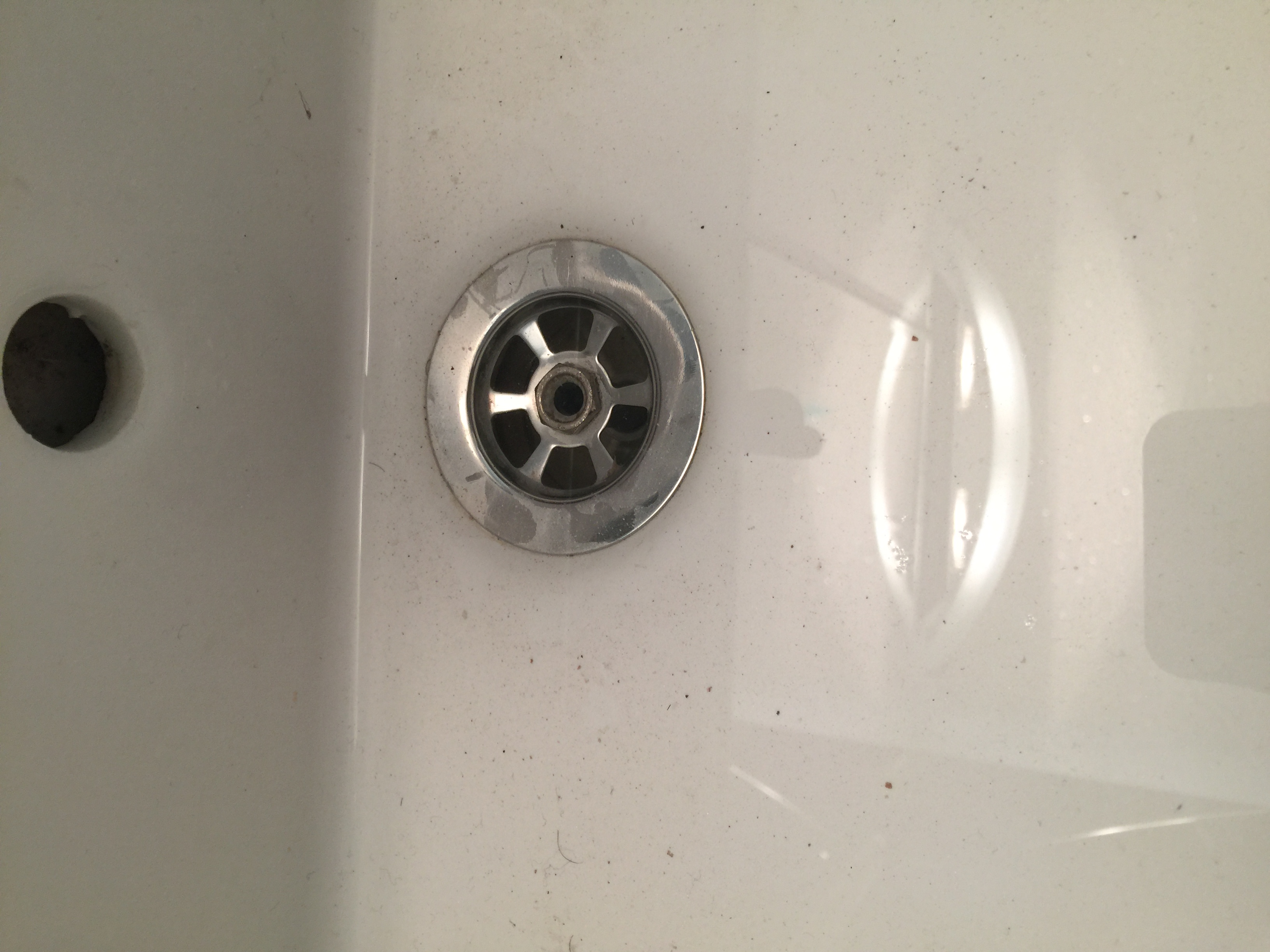
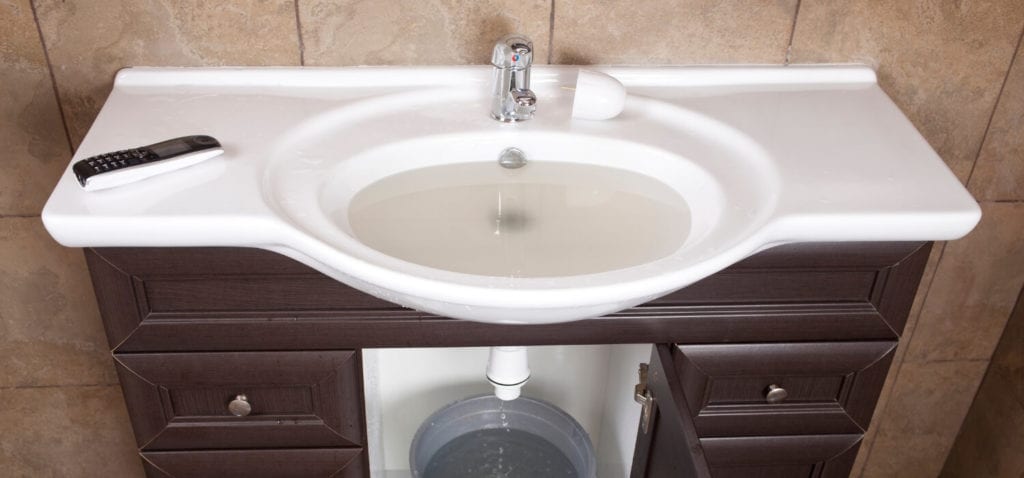


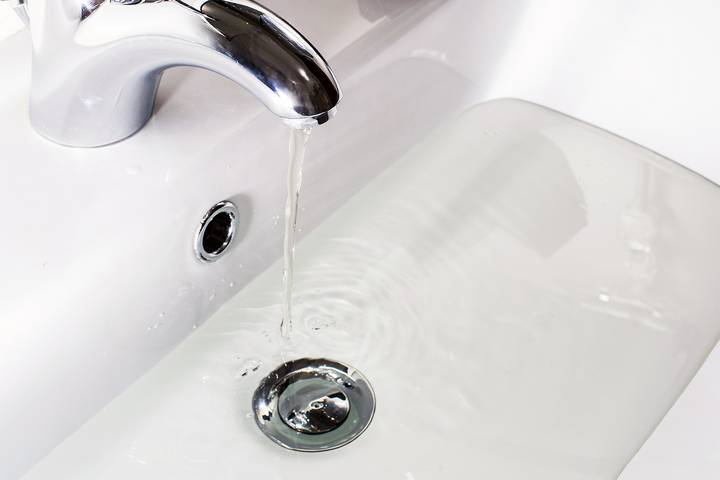
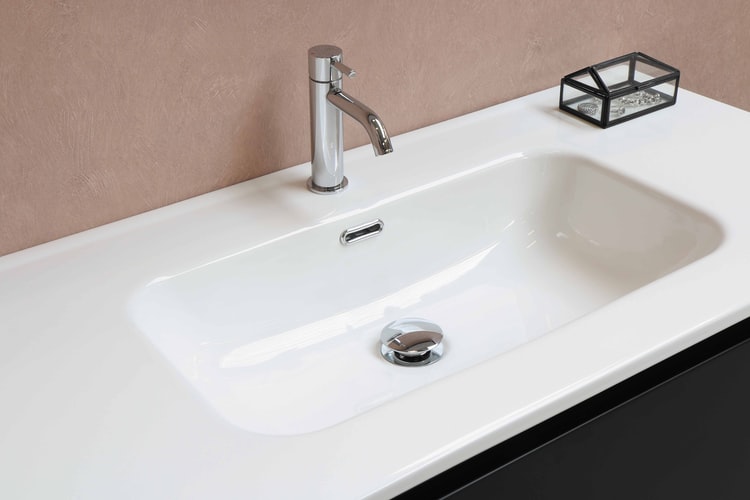
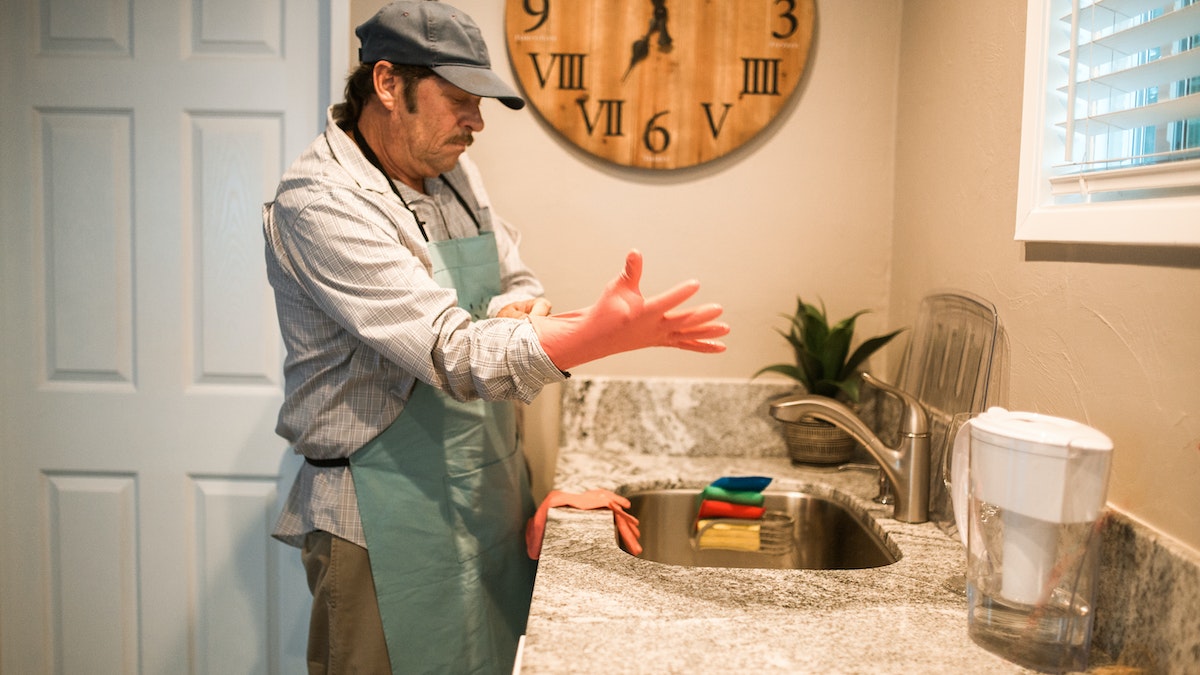

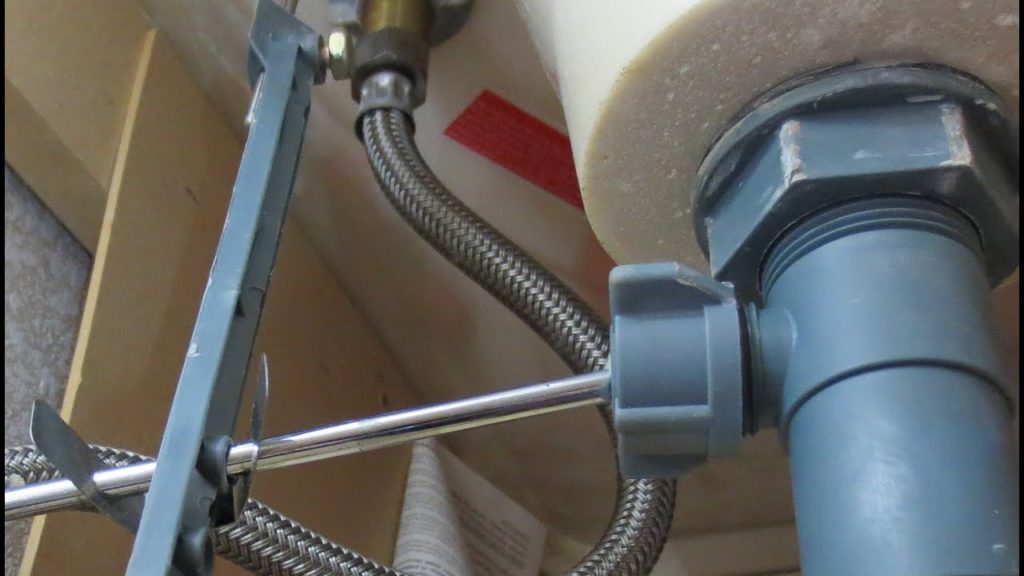

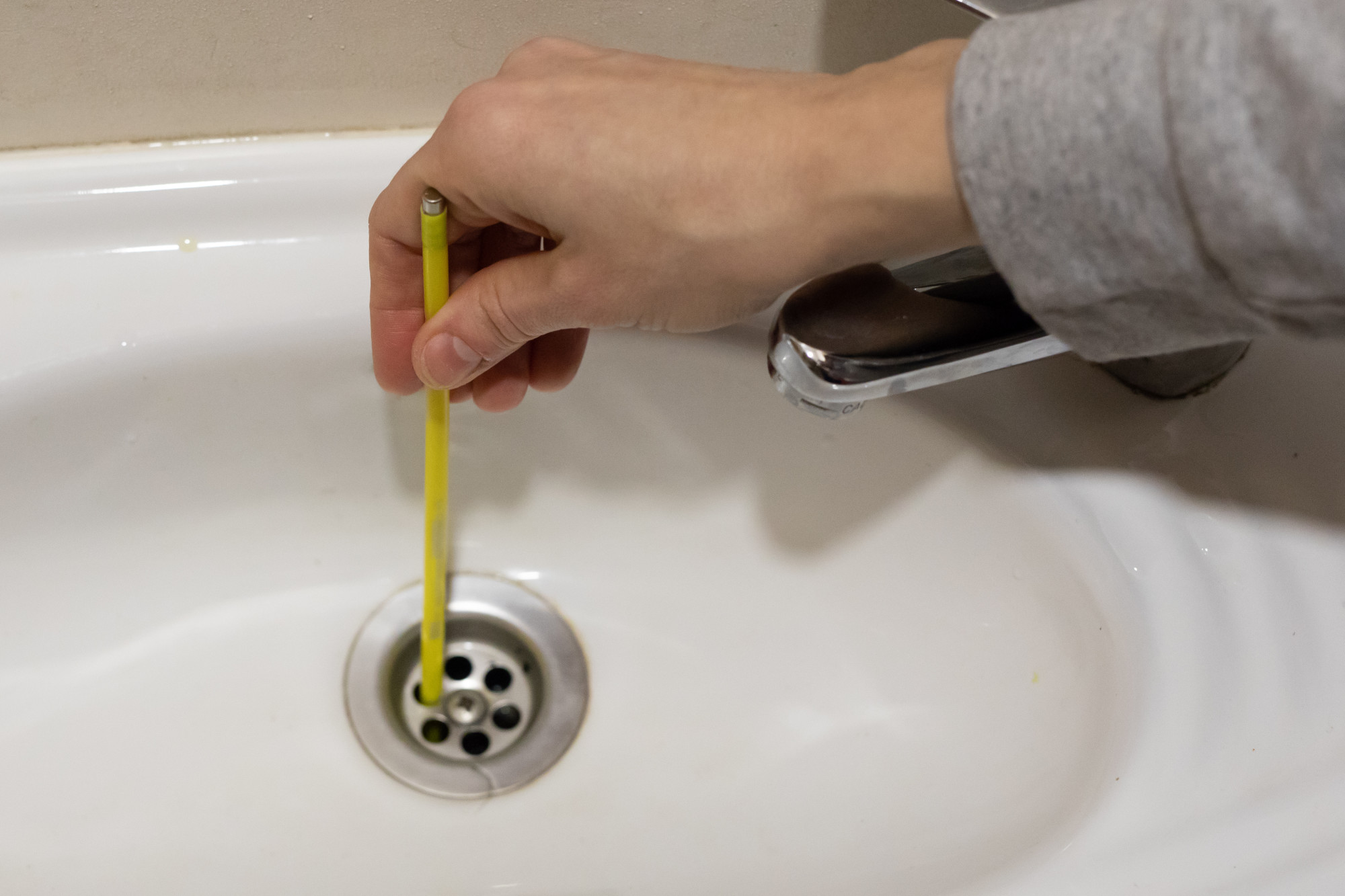



:max_bytes(150000):strip_icc()/freshen-and-unclog-drain-with-baking-soda-1900466-22-bbf940b70afa4d5abef0c54da23b1d3f.jpg)




